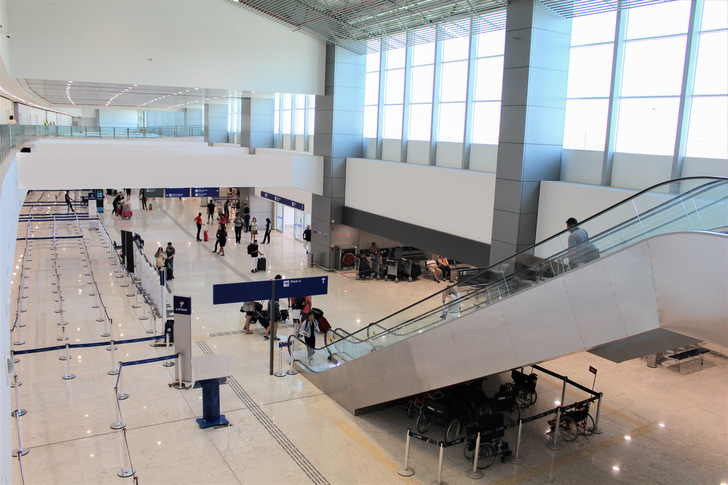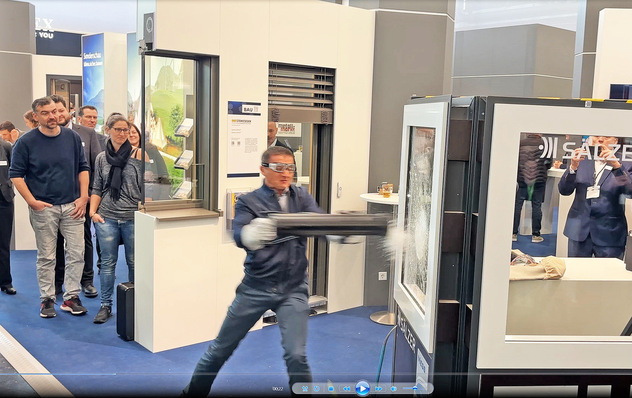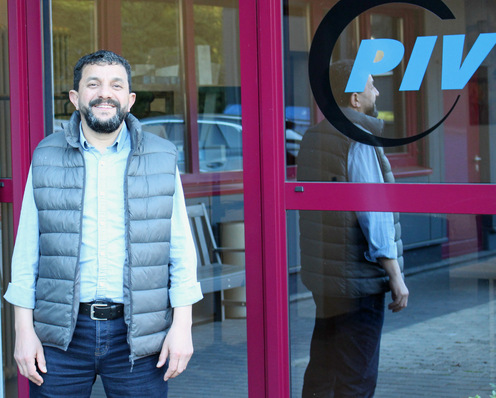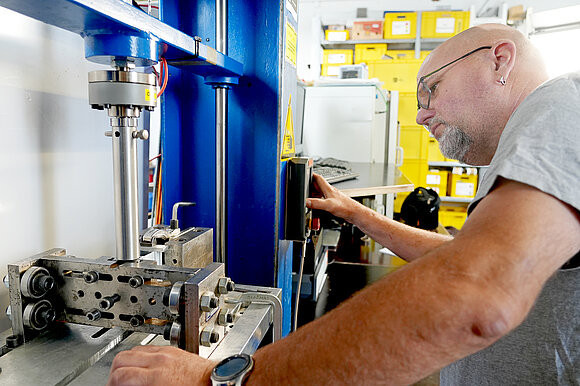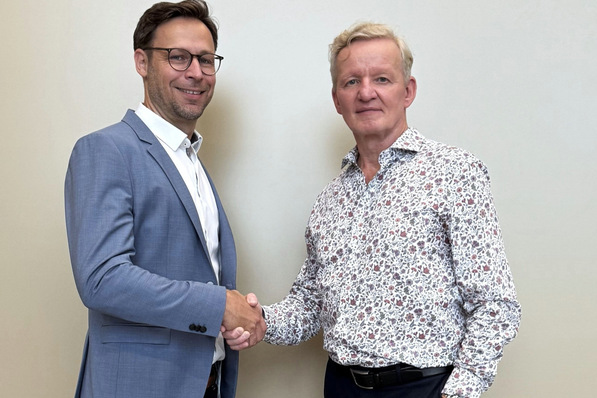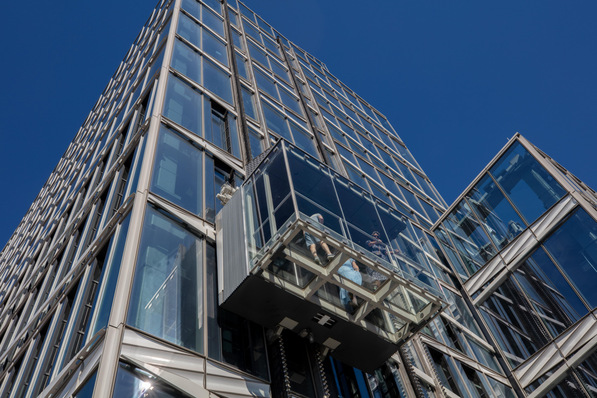In any textbook or encyclopedia, noise scales are regularly illustrated with a whisper at one end and a jet engine at the other. With the sound associated with jet engines measuring between 120 and 140 decibels, it is clear to see why many airports have to employ advanced noise-attenuation technology.
In recent years, simple, “solid-wall” approaches to noise control have arguably been surpassed in many applications by the introduction of advanced sound control glazing interlayers, such as Trosifol SC Monolayer. As a result, architects and engineers are now allowed to increasingly use aesthetic and functional glazed structures in their designs, without the risk of too much noise adversely affecting passengers and staff in the terminals.
Increasing passenger capacity
The deployment of advanced acoustical interlayers in glass laminates is not just restricted to new builds. Given their ability to outperform monolithic glass, they are also ideal for refurbishments or expansions; something that caught the attention of the architects of a recent airport upgrade in Brazil.
Pinto Martins International Airport serves the north-eastern city of Fortaleza, Brazil’s fifth largest and most densely populated city. Offering an extensive domestic network, the airport also serves a number of European carriers, including TAP Portugal, KLM and Alitalia; all of which offer direct connections to Europe.
See also this article:
Driving under a glass roof in Warsaw
The airport which is located in the state of Ceará, has been undertaking significant work to both renew existing facilities and construct a new two-story terminal extension, which will expand the passenger terminal, in order to increase its traffic capacity.
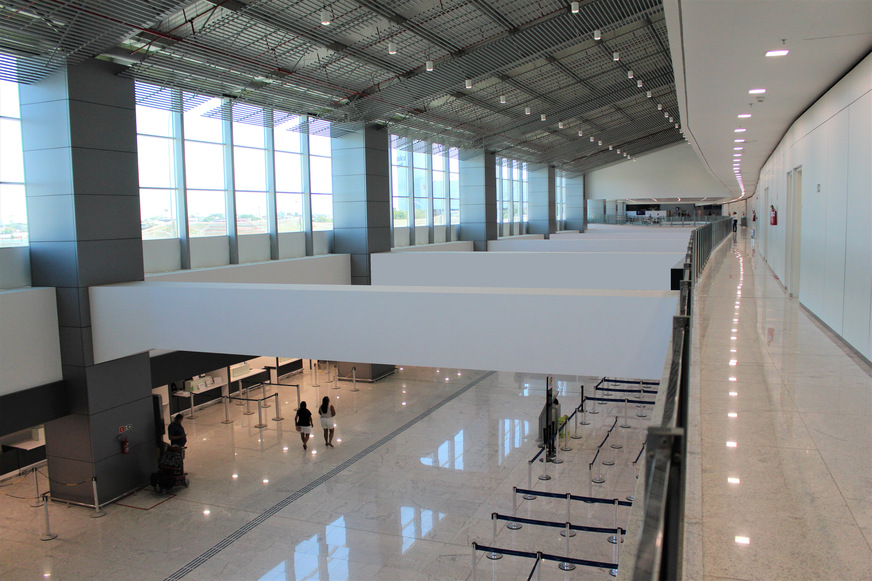
Kuraray/Trosifol
Designed by Luiz Deusdara Building Workshop (LDBW), the new terminal has 2,100 square metres of glazing, which has been designed to open up the building to allow as much natural light in as possible. To counter the noise issue, the glazed panels are comprised of 14.76 millimetre thick laminated acoustic glass, fabricated by Glassec Viracon, which is constructed from 6 millimetres of fully tempered clear glass with a reflective coating, plus 0.76 millimetres of Trosifol SC Monolayer PVB, plus 8 millimetres of fully tempered green glass.
See also this article: SentryGlas Xtra now also available as rolls
According to Glassec Viracon sales coordinator, Valdir Arcocha, one of the challenges of the Fortaleza project was the execution of the delivery schedule, that was very aggressive and required weekly deliveries. He noted: “One of the benefits of working with Método and Passarelli, the general contractor, was that the GC utilized a building information modeling (BIM) system that transmitted project information quickly, enabling us to optimize the manufacturing process and meet the strict delivery requirements.”
Level P2A impact resistance
Trosifol is the only supplier of mono- and multilayer PVB for the acoustical glazing market. Thanks to its high adhesive strength, Trosifol SC Monolayer is particularly suitable for the application between layers of heat-strengthened or fully tempered glass. Moreover, Trosifol SC Multilayer can also be combined with other, e.g. tinted, PVB variants. The acoustic properties of Trosifol SC Multilayer are supplemented by further safety features, so a glass laminate containing Trosifol SC Multilayer achieves level P2A impact resistance conforming to EN356.
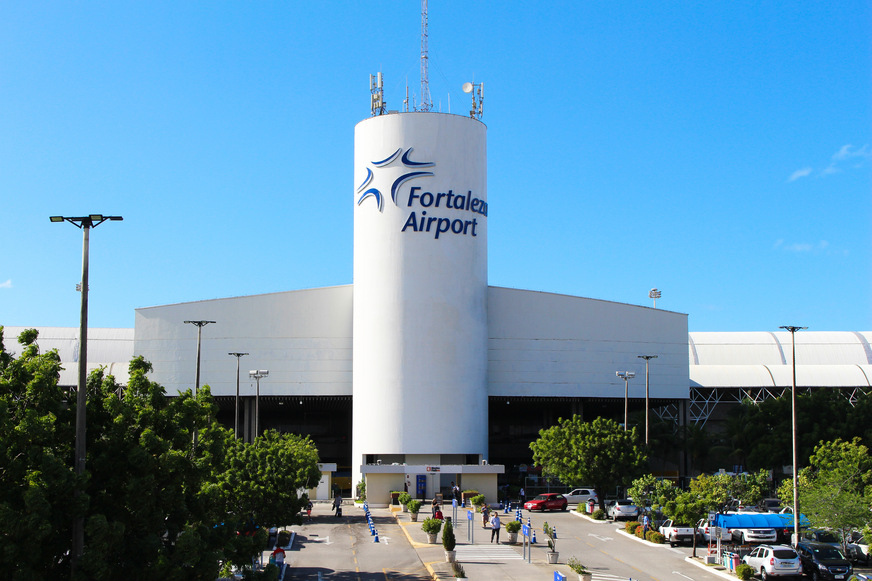
Kuraray/Trosifol
Prolonged exposure to sound levels above 85 decibels has the potential to cause hearing damage, so acoustic control is a vital element of many applications, alongside strength and solar control. As interlayers undergo further development, more and more applications are being found for glass, to replace solid walls, giving architects a new-found freedom to design open and visually appealing structures.







